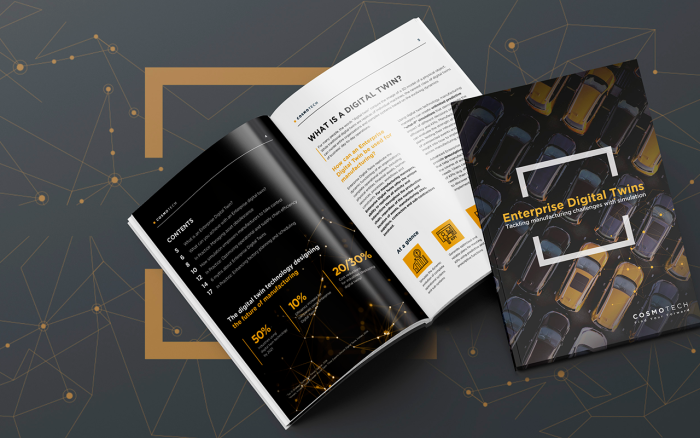#1: Reducing Cost
With simulation digital twin software, the asset manager (or maintenance team and engineers) can simulate their business-as-usual to set a baseline to define the right maintenance strategy for their assets. By automatically running thousands of different scenarios, they are able to reduce the budget portfolio and find the associated maintenance plan to maintain operational efficiency. Based on the results generated, the software creates an operational planning of the day-to-day operations within the new budgetary, regulatory and environmental constraints. This approach enables companies to be resilient in light of an uncertain future. In fact, simulation helps find alternative strategies to the business-as-usual scenario when facing plant issues. This is an effective way to manage plant performance at reduced cost while mastering risks in the demanding Oil & Gas industry.
#2: Improve performance
Improving plant performance consists in deploying one asset management strategy for aging installation, whilst a completely different strategy and approach will be required for new installations. The aging part of the plant is more often than not poorly designed for remote monitoring. The Simulation Digital Twin software allows the operator to define the investment strategy and the associated operational plan. Indeed, the asset manager knows how to gradually renew his plant. This in turn leads to failure reduction and subsequent downtime cost reduction, and decrease in safety and environmental issues. The newer parts of the plant should be connected to have a full view of the associated asset landscape. By using Simulation Digital Twin software you can move from purely reactive break-fix (curative maintenance) or time/cycled-based (preventive maintenance) approaches to modern predictive maintenance approaches. A Simulation Digital Twin integrates all your data (including asset age and condition) coming from your smart connected assets, condition monitoring sensors. It is a modern data analytics platform. With this software you can anticipate, tune and optimize resource allocation for a variety of asset management scenarios considering the future digitization of your activity. The software also helps you to prepare for digitalization, which will allow operators to reach better performance by improving asset reliability and availability.




